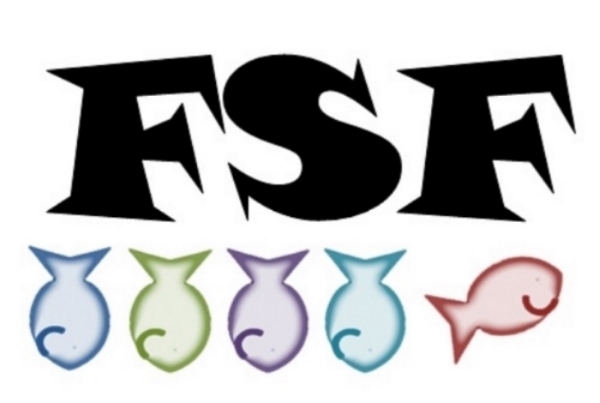Have you ever said to yourself - gee, I wonder what it would be like if Hugh Grant played Lord Byron? What? You haven’t! Too bad. It happened. Rowing with the Wind was a 1988 Spanish film with a mostly English cast distributed by an American studio. “Too many cooks! Too many cooks!” Besides Grant as Bryon, the movie stars Lizzy McInnerny as Mary, Valentine Pelka as Shelley, Jose Luis Gomez as Polidori (making him way older than the rest of the group), and Elizabeth Hurley as Claire. Yes, children of the 90s, this when Grant and Hurley met. They also make William Fletcher, Byron’s valet, a major character played by Ronan Vibert.
The film opens with Mary on a ship in icy waters writing the same scene into Frankenstein. Then there’s an abrupt transition to Shelley asking Mary’s father for permission to make her his mistress while Mary, Claire, and their sister Fanny watch through a keyhole. Despite Mr. Godwin’s rejection of this plan leads to the group escaping to Lake Geneva so Claire can tell Lord Byron that she’s pregnant. Poor Fanny gets left behind. For those of you who don’t know, Fanny was Mary’s half-sister, the illegitimate child of famed writer Mary Wollstonecraft, who’d been adopted by Godwin when he became her step-father. She committed suicide the same year Mary ran off with Shelley which is thrown in as a random tragedy instead of being the senseless horror that it should have been in Mary’s life.
Byron is suffering from ennui when the group arrives so he accepts them as perverse entertainment with the usual cruelty to Claire and Polidori mixed in. Shelley starts freaking out before the drugs have even been passed around. There’s a lot of easy to look up facts that are inaccurate in this version, but at least it includes mention of the storytelling night. Still, not much is stated about how not just Frankenstein was developed that night. How about a little love for the Vampyre, movie makers! It deserves more love than Byron and Shelley’s philosophies that fill up half of these movies.
This film does go beyond that summer of creation, but in more of a creepy, supernatural way. Mary’s writing is a larger part of the actual story. She’s begun her novel and starts to feel like the creature is haunting her and those around her. After Polidori drunkenly attempts to talk to her in the middle of the night while she’s working, he hallucinates a scarred man in a coachman’s coat is playing pool with him. The next day he’s found hanged near the billiards table (THAT NEVER HAPPENED! The doctor died 6 years later).
Mary pauses the book as she and Claire each give birth to children, but she’s still followed by her creature. She begins to worry about curses and insists they go to Italy for both Shelley’s health and to try to stop her father from demanding money from them. In Italy, the creature kills Mary’s son William, Claire’s daughter is taken away by Byron and dies, Mary grows jealous of Claire, and (gasp) Mary receives poor reviews for her novel Frankenstein! Mary decides she must destroy the creature before it destroys her! Very dramatic.
This one is more of tragedy meeting art in an awkward, historically inaccurate way. There’s no mention of Mary’s other kids or other books. It’s all sadness and Frankenstein’s monster. It’s a little conceited to think every terrible thing to happen in the 19th century was the result of one book you wrote. C’mon Mary, get it together, girl.



